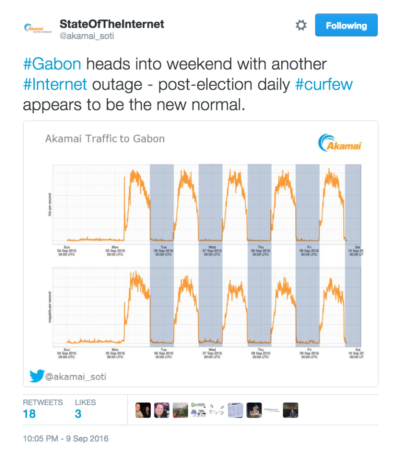

The use of this website constitutes acceptance of our user agreement. Note: All information on this page is subject to change. The value of the pair tends to be affected when the two main central banks of each country, the Bank of Japan (BoJ) and the Federal Reserve Bank (Fed), face serious interest rate differential. The nature of this correlation is dued to the fact that both currency pairs also use the US Dollar as the base currency, such as USD/JPY. The US Dollar Japanese Yen usually has a positive correlation with the following two pairs: USD/CHF and USD/CAD. Trading the USD/JPY currency pair is also known as trading the "ninja" or the "gopher", although this last name is more frequently used when reffered to the GBP/JPY currency pair. The pair represents American (from United States of America) and Japanese economies. In the USD/JPY the US Dollar is the base currency and the Japanese Yen is the counter currency.

Japanese Yen has a low interest rate, normally used in carry trades, that's why is one of the most trades currencies worldwide. The USD/JPY (or US Dollar Japanese Yen) currency pair is one of the 'Majors', the most important pairs in the world. After the result of the Brexit referendum, where the majority of the British voted to abandon the European Union, GBP/USD has been suffering some turbulence in the Forex market as a consequence of the associated risks of leaving the single market. The Cable is a widely observed and traded currency pair where the Pound is the base currency and the US Dollar is the counter currency. The popularity of the Pound Dollar is due to the fact that represents two strong economies: British and American (from United States of America). This term was originated in the mid-19th century and it makes GBP/USD one of the oldest currency pairs in the world. The pair is also called 'The Cable', reffering to the first Transatlantic cable that was crossing the Atlantic Ocean in order to connect Great Britain with the United States of America.

This group also includes the following currency pairs: EUR/USD, USD/JPY, AUD/USD, USD/CHF, NZD/USD and USD/CAD. The GBP/USD (or Pound Dollar) currency pair belongs to the group of 'Majors', a way to mention the most important pairs worldwide.

In the US, economic data to be released includes the weekly Jobless Claims, February Chicago Fed National Activity Index and February New Home Sales. Those decisions could impact the FX board. In addition, the Swiss National Bank (SNB) and the Bank of England (BoE) will announce their decisions, with both expecting to raise rates by 50 bps and 25 bps, respectively. On Thursday, markets will continue to digest the FOMC meeting decisions. Thereafter, the US Dollar recovered some momentum, ending the day far from the bottom and with positive momentum. Initially, markets cheered the decision and the statement, but later some comments from US Treasury Secretary Yellen weighed on stocks. In the projections, the median 2023 rate is seen between 5.00% and 5.25%, suggesting just one more hike before a pause. The statement signaled that the end of the current tightening cycle is near. European yields moved to the upside after the comments, supporting the Euro that outperformed on Wednesday.Īs expected, the Federal Reserve raised its interest rate by 25 bps at the March meeting. Overall, if the outlook improves, more rate hikes seem likely. Fellow member Ignazio Visco warned that credit growth in Europe has slowed, adding the important issue now is to avoid a credit crunch. Governing Council member, Pierre Wunsch, argued that if markets stabilize, they have to do more. Volatile market conditions are still in place and there is more to come with more central banks decisions on Thursday and PMIs on Friday.Įuropean Central Bank (ECB) President, Christine Lagarde, mentioned early on Wednesday that underlying inflation dynamics remain strong and that they are neither committed to raise interest rates further nor finished with hiking. The pair continues to move with a bullish tone, but some exhaustion signs emerged amid a US dollar recovery. On Fed’s monetary decision day, the EUR/USD reached levels above 1.0900 and then pulled back.


 0 kommentar(er)
0 kommentar(er)
